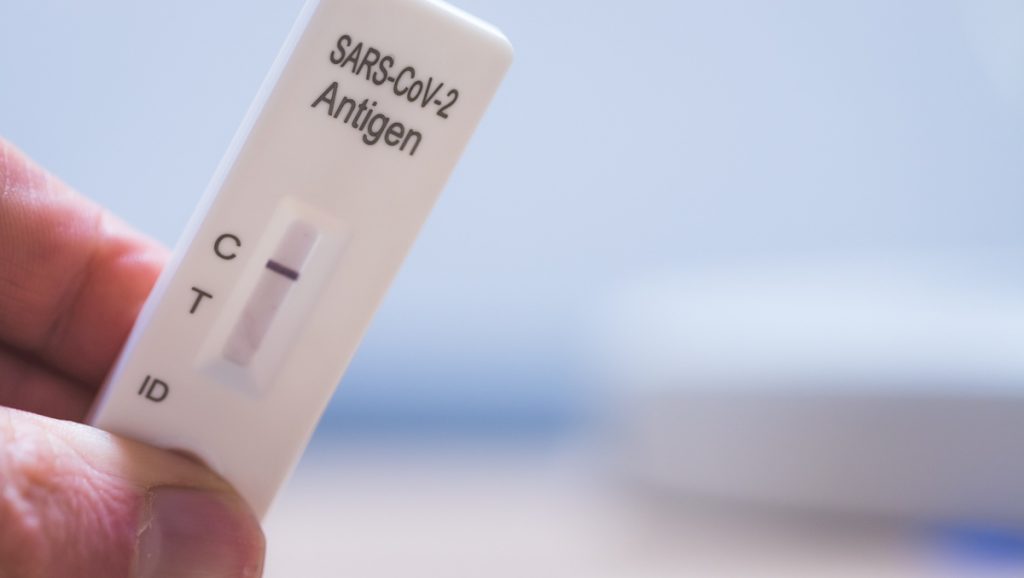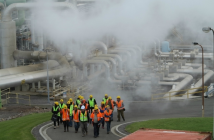Phase Three of the Government’s Omicron response has kicked in, changing the self-isolation and testing requirements for close contacts

Close contacts are only required to isolate if they are in the same household as an infected case, and Rapid Antigen Tests (RATs) are set to become the primary testing method. RATs will be available for the public to buy from next month, and people will be able to report their own results online.
Testing
You only need to get a COVID-19 test if:
- you have symptoms, or
- you are a Household Contact.
PCR tests will be used for people who need it most, and rapid antigen tests (RATs) will become more widely available. Positive RAT results do not need to be confirmed with a PCR test unless advised.
Critical workers who are Household Contacts will still be able to use RATs to return to work.
If you test positive for COVID-19
Isolate for 10 days.
You will be sent a text with a link to complete an online form, which will help identify locations you have visited and people you have come into close contact with.
You can leave isolation after 10 days — you do not need a negative test.
If someone in your household tests positive for COVID-19
You are a Household Contact. You will need to:
- self-isolate from the day the person with COVID-19 tests positive or is notified as a probable case until they complete their 10 days of isolation
- get a test on day 3 and day 10 of the isolation period, or sooner if you develop symptoms. If you are a Household Contact and you test positive, you will need to isolate for 10 days.
Why have these changes been made and will they be effective?
“The shift to Phase 3 includes two main bundles of changes,” says Emily Harvey, a Senior Researcher at Market Economics, Lead Researcher at COVID-19 Modelling Aotearoa and Principal Investigator with Te Pūnaha Matatini.
“The first is to the testing system, with the shift to RATs in place of PCR tests in many circumstances. The second is the change in isolation and testing requirements for non-household close contacts.
“Although PCR tests have a much higher sensitivity, the long delays seen in PCR testing due to capacity constraints has prevented them being useful in reducing onward transmission because of the delay in identifying close contacts of cases as soon as possible after exposure.
“The shift to using RATs which are less sensitive, but give a result almost immediately, will be a big help in identifying cases promptly and reducing onwards transmission from them and their close contacts.
“With the prevalence levels and test positivity rates we are seeing, the chance of false positives becomes very small for anyone with covid-like symptoms or known contact with a confirmed case, and the use of confirmatory PCR would be a waste of PCR testing capacity.
“More of a concern with RATs is that people will need to be aware of the possibility of false negatives, and there should be clear messaging about the importance of continuing to isolate if you have covid-like symptoms or are a close contact even if you test negative with a RAT.
“The second set of changes removes the isolation requirements for non-household close contacts, and only requires them to test if they develop symptoms.
“This change was included in the original announcement of the ‘Phases’ in order to manage the anticipated disruption to critical workers and supply chains due to a large number of people needing to isolate if they were close contacts.
“Since then, the Close Contact Exemption Scheme has been introduced, which enables close contacts to go to work as long as they test negative on daily RATs and are not symptomatic. This has removed the original reason for this change, and it is not clear why it is still being implemented.
“This change to isolation and testing requirements at Phase 3 will increase overall transmission risk. Although Minister Hipkins stated that people could still choose to isolate if they were a close contact, for many people this is not an option. This shift will exacerbate the already existing inequities in infection risk.
“Additionally, the increased transmission risk due to this shift can be expected to result in a steeper rise in case numbers, a higher peak, and a greater cumulative number of infections, hospitalisations, and deaths.
“These additional infections may in fact increase the level of disruption to critical services, due to having more confirmed cases in their workforce.”






